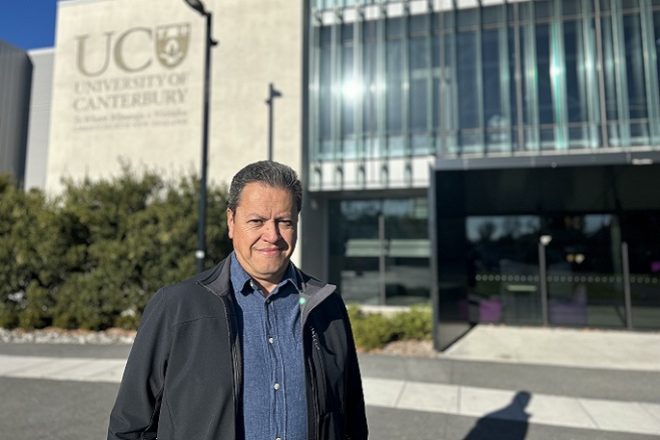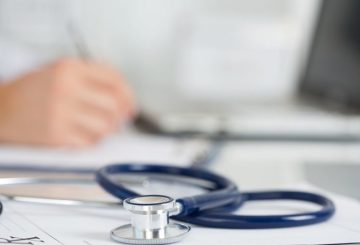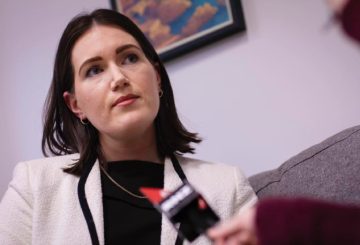Các nhà nghiên cứu tại Đại học Canterbury đang nghiên cứu một công cụ để làm cho việc xử lý nước thải bền vững hơn. Công cụ này đang được phát triển bởi nghiên cứu sinh Madeline Furness và Phó Giáo sư Ricardo Bello-Mendoza, hợp tác với Giáo sư Rolando Chamy từ Pontificia Universidad Católica de Valparaíso, Chile. Họ đã nghiên cứu hai nhà máy nước thải ở Santiago, Chile và sử dụng dữ liệu để tạo ra một mô hình nhằm cải thiện lợi ích và giảm thiểu tác động của việc xử lý nước thải.
Các nhà nghiên cứu tin rằng hai nhà máy nước thải ở Chile là những ví dụ tuyệt vời về xử lý nước thải bền vững. Họ đang xem xét ba khía cạnh của tính bền vững của nước thải: môi trường, kinh tế và xã hội. Họ đang sử dụng các công cụ như Chi phí vòng đời và Đánh giá vòng đời xã hội để đánh giá các khía cạnh này. Mục tiêu là tìm ra sự kết hợp tốt nhất của các quy trình để giảm tác động môi trường, cắt giảm chi phí, tăng lợi ích và xem xét các tác động xã hội.
Các nhà nghiên cứu lưu ý rằng ngành công nghiệp nước thải chậm áp dụng các công nghệ mới do chi phí cao. Tuy nhiên, công cụ của họ có thể cải thiện hiệu suất môi trường và tính bền vững của các nhà máy nước thải mà không cần đầu tư lớn. Nó có thể giúp đưa ra quyết định về đầu vào hóa học hoặc điều kiện vận hành quy trình để cải thiện chất lượng nước thải trong khi giảm thiểu các tác động tiêu cực như phát thải khí nhà kính hoặc độc tính cao hơn.
Các nhà nghiên cứu cũng giới thiệu ý tưởng về phương pháp tiếp cận Kinh tế tuần hoàn nước thải (WW-CE), nơi nước thải được coi là một nguồn tài nguyên tiềm năng. Thay vì chỉ xử lý nước thải để làm cho nó an toàn khi xả ra môi trường, phương pháp này thu hồi tài nguyên từ nước thải, chẳng hạn như nước đã xử lý, chất rắn sinh học, chất dinh dưỡng, năng lượng sinh học và vật liệu sinh học. Những tài nguyên này có thể được sử dụng trong nông nghiệp và thủy lợi.
Các nhà nghiên cứu phát hiện ra rằng một trong những nhà máy nước thải đã cải thiện tính bền vững tổng thể của nó lên 30% và nhà máy kia tăng 48% bằng cách sử dụng phương pháp WW-CE. Họ tin rằng cách tiếp cận này có thể cách mạng hóa vệ sinh toàn cầu.
Tiếp theo, các nhà nghiên cứu có kế hoạch điều chỉnh công cụ để sử dụng ở New Zealand và thảo luận về các ứng dụng thực tế của nó với các hội đồng thành phố. Họ tin rằng có tiềm năng đáng kể để cải thiện quy trình xử lý nước thải của New Zealand.
Nghiên cứu được tài trợ bởi Đại học Canterbury, Đại học Công giáo Giáo hoàng Valparaiso, Chile và Cơ quan Nghiên cứu và Phát triển Quốc gia Chile. Nghiên cứu thực địa được hỗ trợ bởi Aguas Andinas, Chile.





























































